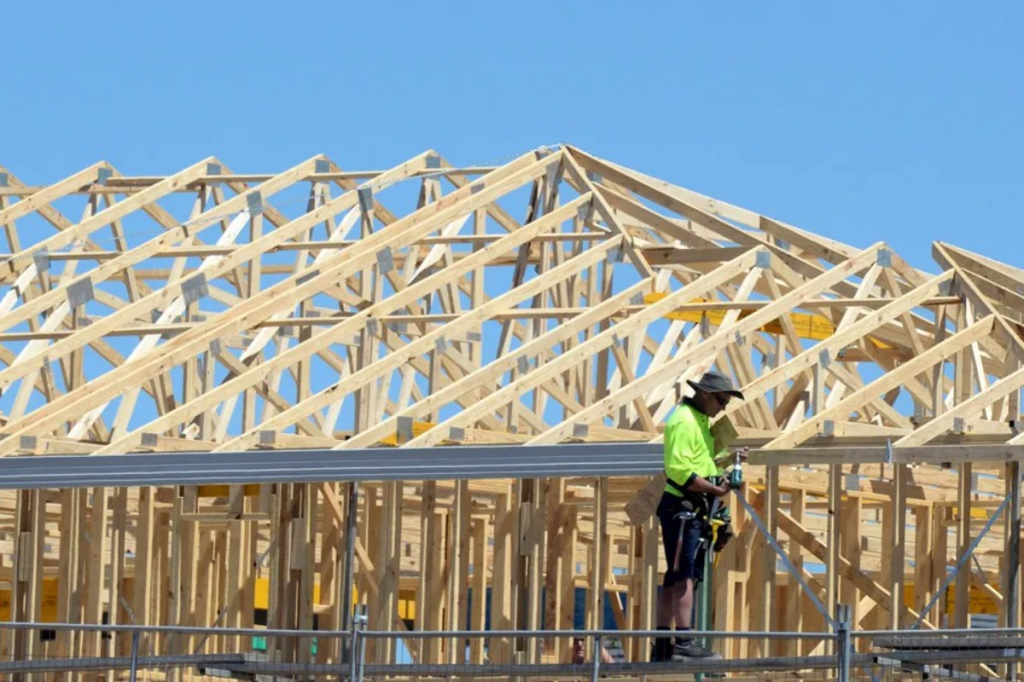SA property sector confidence the highest in nation
Charming art deco home in blue-chip Erindale.

A new industry sentiment survey from Procore and the Property Council of Australia found confidence in the state’s industry is up by more than 9 per cent from the previous quarter, demonstrating resilient optimism.
But key challenges remain according to SA executive director Bruce Djite, who said policymakers have a key role in addressing supply constraints.
South Australian industry confidence rose to 132 points on the Procore Confidence Index in September, from 121 points in the previous June quarter.
This is well above the national confidence rate of 108 points and is the highest level of confidence in Australia of all states. Western Australia reported confidence of 119 points – the second highest nationally. Procore considers 100 points a ‘neutral’ level of confidence.
In comparison, Victorian confidence was the lowest in Australia at just 91 points in the September quarter, up marginally from the June quarter’s level of 90.
You might like

Via Property Council/Procore.
The Property Council said forward work expectations are well above the historical average, but Djite noted “faster action” was required to address the housing crisis.
“Strong expectations of capital growth in residential housing are being accompanied by a decline in expectations of residential construction activity over the next 12 months; an ominous sign of a deepening housing crisis,” Djite said.
“With the state’s relative affordability rapidly eroding, faster action to unlock housing project constraints and address affordability through supply are required.”
Subscribe for updates
Earlier this month, Djite called for action on housing in the state following news that Adelaide’s median home value climbed passed Melbourne’s in August for the first time since CoreLogic started keeping records 40 years ago.
Djite said the continued growth of Adelaide’s median house price “reflects the need for the government to do much more to incentivise an increase in housing supply”.
“These median house price statistics, coupled with our exceptionally low rental vacancy rate, reflects how far behind the curve we are in addressing the housing crisis,” he said.
[ind_jwplayer playerid=”IAUHEaBa” mediaid=”oh6ABsIP” title=”Sponsored content from The Post.” caption=”Sponsored content from The Post.” sponsoroption=”none” /]
There are issues with industrial property construction activity too, Djite said, despite strong expectations for the subsector from the industry more broadly.
“Similarly, construction activity in Australia for industrial property has dropped significantly below the national average driven in South Australia by an undersupply of development-ready land,” he said.
“South Australian members report the highest capital growth expectations for industrial property in Australia over the next 12 months because there is plenty of demand.
“However, unless development-ready industrial and strategic employment land is released it will put a handbrake on job creation and economic growth.”

